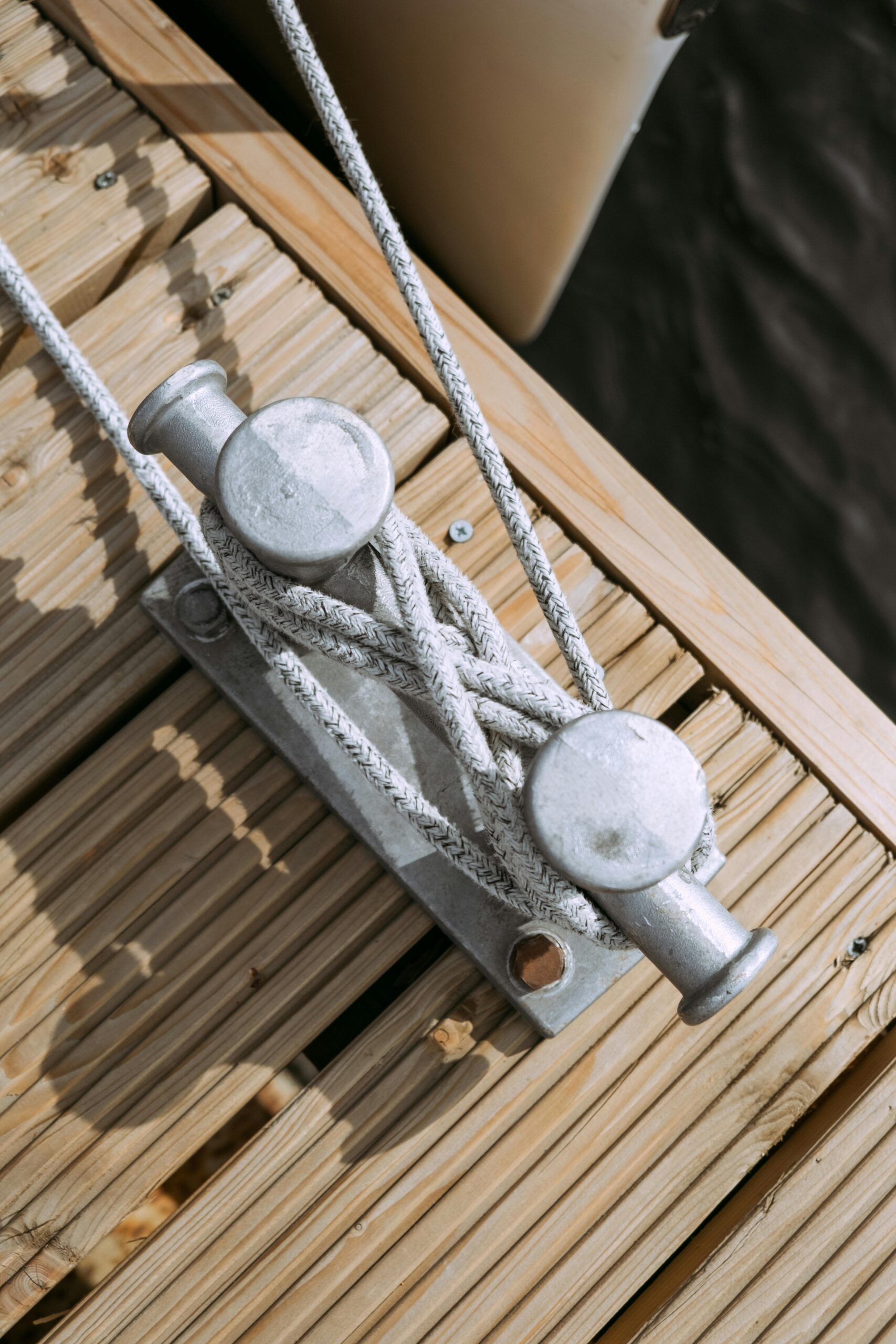Choosing the right dock cleat is crucial for ensuring the safety and stability of your boat when moored at the dock. With a variety of cleat types, materials, and sizes available, it can be overwhelming to decide which one is best suited for your specific needs. In this comprehensive buying guide, we’ll discuss the key factors to consider when selecting the perfect dock cleat for your boating experience.
1. Material Matters
The material of a dock cleat plays a significant role in its durability and effectiveness. Here are the most common materials used for dock cleats:
- Stainless Steel: Known for its high corrosion resistance, stainless steel cleats are ideal for saltwater environments and provide long-lasting strength.
- Nylon: Lightweight and rust-resistant, nylon cleats are suitable for smaller boats and offer flexibility in various docking situations.
- Malleable Steel: These cleats are sturdy and designed to handle heavy loads, making them a great choice for larger vessels and high-tension applications.
When selecting a material, consider the environment in which you will be using the cleat. Saltwater, freshwater, and even temperature fluctuations can impact the material’s longevity.
2. Size Matters
Dock cleats come in various sizes, and selecting the right size is essential for effective mooring. The general guideline is to choose a cleat that is approximately 1/8th the length of your boat.
Considerations for size:
- Length: Ensure that the cleat’s length can accommodate the rope or line you plan to use.
- Base Width: A wider base can provide more stability and distribute weight effectively, especially in high-stress situations.
3. Installation Method
Understanding the installation method of dock cleats is crucial for ensuring a secure fit. Here are some common installation methods:
- Screw-in Cleats: These cleats are typically easy to install, requiring screws to secure them to the dock. Ideal for DIY enthusiasts and those looking for a straightforward replacement.
- Welded Cleats: Often found in permanent dock setups, these cleats are welded in place for maximum security. However, installation requires more expertise and equipment.
- Snap-in Cleats: These offer easy installation and removal, making them great for temporary setups or smaller vessels.
Choose a cleat that fits your installation capabilities and the type of dock you have.
4. Weight Capacity
Each dock cleat has a specified weight capacity that indicates how much load it can handle. It’s crucial to select a cleat that can support the weight of your boat plus any additional forces such as waves or currents.
Tips for evaluating weight capacity:
- Check Manufacturer Guidelines: Always refer to the manufacturer’s specifications to ensure the cleat can handle your vessel’s weight.
- Consider Safety Margins: It’s advisable to choose a cleat with a higher weight capacity than your boat’s weight to account for additional forces.
Conclusion
Choosing the right dock cleat is essential for securing your boat safely and effectively. By considering the material, size, installation method, and weight capacity, you can select a cleat that meets your specific needs and enhances your boating experience.
At dockcleat.com, we offer a wide selection of high-quality dock cleats suitable for various applications. Browse our collection today to find the perfect cleat for your docking needs!
